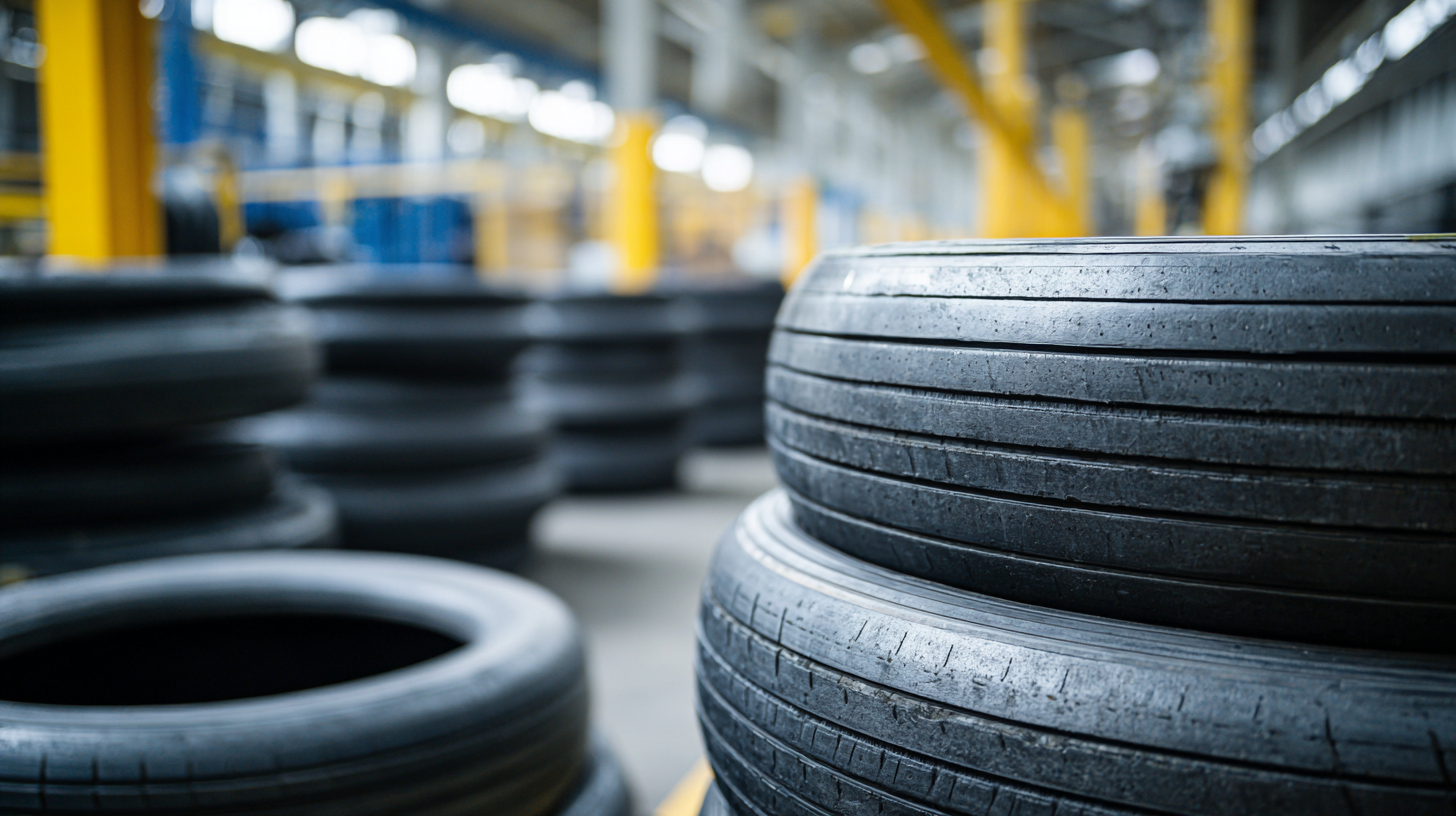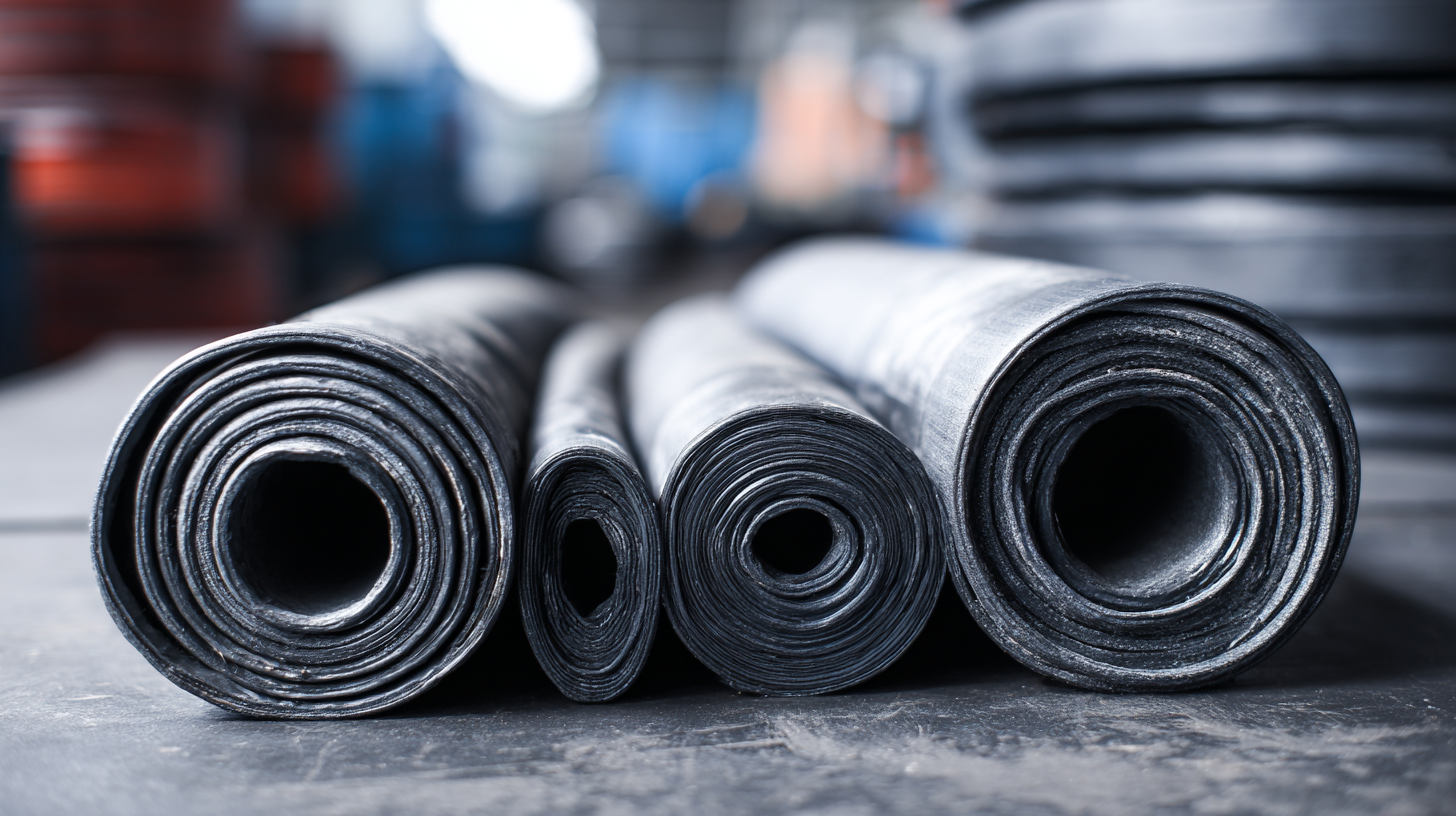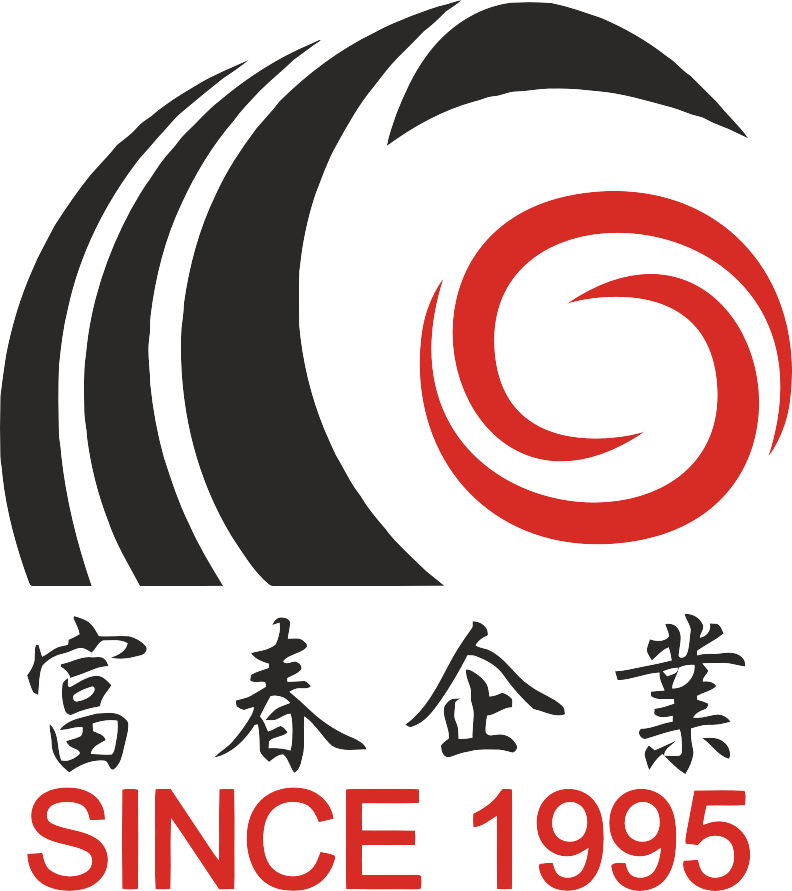Leave Your Message
The choice of a manufacturer for Butyl Inner Tubes is crucial for ensuring optimal performance and safety in various applications, including bicycles, motorcycles, and automotive vehicles. According to a recent industry report by Grand View Research, the global inner tube market is projected to reach USD 5.6 billion by 2025, driven by the rising demand for durable and efficient tire solutions.

Butyl Inner Tubes, known for their superior air retention qualities, resistance to punctures, and overall longevity, have become increasingly popular in both commercial and recreational uses. As the market expands, manufacturers face the challenge of innovating while meeting stringent quality standards.
Selecting the right manufacturer can significantly impact the performance and reliability of these inner tubes, making it essential for buyers to understand the nuances of product specifications and the capabilities of potential suppliers.
Choosing the right butyl inner tube manufacturer is crucial for ensuring the durability and performance of your products in the competitive tire industry. Butyl rubber, known for its superior air retention properties and resistance to aging, is an essential material in the production of inner tubes. According to a recent market research report by Grand View Research, the global butyl rubber market is expected to reach USD 4.5 billion by 2025, driven largely by the growing demand for high-performance tires. This underscores the need for manufacturers to source their butyl inner tubes from reputable suppliers who prioritize quality and innovation.
 One of the key considerations in selecting a manufacturer is their adherence to international quality standards. For instance, ISO 9001 certification is a hallmark of quality management systems, ensuring that products meet customer and regulatory requirements consistently. Moreover, a supplier’s experience and reputation in sourcing raw materials can significantly impact the performance of the inner tubes. A study conducted by the Chemical Market Resources indicates that manufacturers who invest in advanced technology and quality control measures see a 20% lower failure rate in product performance over time. Thus, partnering with a reliable butyl inner tube manufacturer not only enhances product quality but also provides a competitive edge in the market.
One of the key considerations in selecting a manufacturer is their adherence to international quality standards. For instance, ISO 9001 certification is a hallmark of quality management systems, ensuring that products meet customer and regulatory requirements consistently. Moreover, a supplier’s experience and reputation in sourcing raw materials can significantly impact the performance of the inner tubes. A study conducted by the Chemical Market Resources indicates that manufacturers who invest in advanced technology and quality control measures see a 20% lower failure rate in product performance over time. Thus, partnering with a reliable butyl inner tube manufacturer not only enhances product quality but also provides a competitive edge in the market.
When evaluating the quality standards in butyl inner tube production, it’s essential to consider several key factors that can impact performance and durability. Butyl rubber, recognized for its exceptional air retention and resistance to temperature variations, remains a popular choice for cyclists. Manufacturers employing advanced manufacturing techniques are now able to produce lightweight and durable options, meeting the varied demands of both road and gravel cycling enthusiasts.
Tips: When selecting a manufacturer, assess their quality control processes. Look for certifications that demonstrate adherence to industry standards, as these often correlate with the product's reliability. Additionally, reviews and feedback from other cyclists can provide insight into the performance of the inner tubes offered by various brands.
Another critical aspect is the manufacturer’s commitment to innovation. The integration of new materials and technologies into butyl inner tube production can enhance performance characteristics significantly. Be sure to examine the product line for any cutting-edge designs or unique features that may suit your cycling style. This proactive approach ensures you’re investing in inner tubes that can withstand the rigors of your adventures while providing optimal safety and efficiency on the road.
| Manufacturer Location | Production Capacity (units/day) | Quality Certification | Average Lead Time (days) | Customer Rating (out of 5) |
|---|---|---|---|---|
| Asia | 5000 | ISO 9001 | 15 | 4.5 |
| Europe | 3000 | ISO 14001 | 20 | 4.2 |
| North America | 4000 | ISO/TS 16949 | 10 | 4.8 |
| South America | 2500 | ISO 9001 | 30 | 3.9 |
When selecting a manufacturer for your butyl inner tube needs, it’s essential to consider several key features that signify reliability and quality. First and foremost, look for a manufacturer with a proven track record in the industry. This includes longevity in the market and positive reviews from previous customers. A reputable supplier often showcases certifications that demonstrate adherence to safety and quality standards, providing peace of mind that their products are made to last.

Another crucial aspect is the manufacturer’s commitment to innovation and technology. An ideal manufacturer will invest in advanced production techniques and quality control processes. This not only ensures that the inner tubes produced meet high performance and durability criteria but also shows a willingness to adapt to shifting market demands. Finally, consider the level of customer service offered; manufacturers who value their clients will provide comprehensive support, from pre-purchase consultation to after-sales service, ensuring a smoother experience for their customers.
When selecting the right manufacturer for your butyl inner tubes, understanding the balance between cost and quality is essential. According to a recent report by Grand View Research, the global inner tube market is projected to reach $2.38 billion by 2025, indicating robust demand for high-quality products. However, a common misconception is that lower-priced inner tubes equate to savings. In reality, investing in higher-quality butyl inner tubes can significantly reduce the risks of punctures and air loss, ultimately lowering long-term costs associated with replacements and repairs.
Tip: Always ask potential manufacturers about their quality assurance processes and the materials they use. A reputable manufacturer should provide certifications or documentation that affirm the quality of their butyl inner tubes. This not only ensures you’re getting a product that will last but also that you’re not compromising safety for cost.
Additionally, consider that while some manufacturers might offer lower prices, their production methods may lead to inconsistent quality. The Tire and Rim Association standards emphasize that adherence to quality protocols is crucial for product performance. Aligning your choice with manufacturers who prioritize both cost-effectiveness and quality will ultimately enhance your experience and satisfaction with your inner tubes.
Tip: Review customer testimonials and case studies to gauge the reliability of a manufacturer. Performing due diligence in this area can provide insights into product durability and customer support, ensuring you make an informed choice that aligns with your budget and performance expectations.
In the competitive landscape of manufacturing, particularly for butyl inner tubes, transparency and communication stand as cornerstones of trust between manufacturers and their clients. A recent industry report from MarketsandMarkets highlights that the global inner tube market is expected to grow significantly, driven by the increasing demand for quality and reliability in tire performance. This growth underscores the necessity for manufacturers to engage in open dialogue with their clients, clarifying product specifications, testing standards, and quality assurance processes. When manufacturers provide clear information about their operations, they foster an environment of trust, essential for long-term partnerships.
Moreover, effective communication can significantly reduce errors and misunderstandings in the production process. According to a survey conducted by the Manufacturers Alliance for Productivity and Innovation, companies that prioritize transparent communication experience a 30% decrease in production delays and a marked improvement in product quality. By actively involving clients in the manufacturing process through regular updates and feedback loops, manufacturers can ensure they meet specific needs and standards, ultimately leading to higher customer satisfaction. Transparency not only helps in building trust but also enhances the overall value proposition of the manufacturing relationship.
This chart illustrates the comparison of key factors that influence the choice of butyl inner tube manufacturers. The factors include Transparency, Communication, Quality, Price, and Delivery Time.

